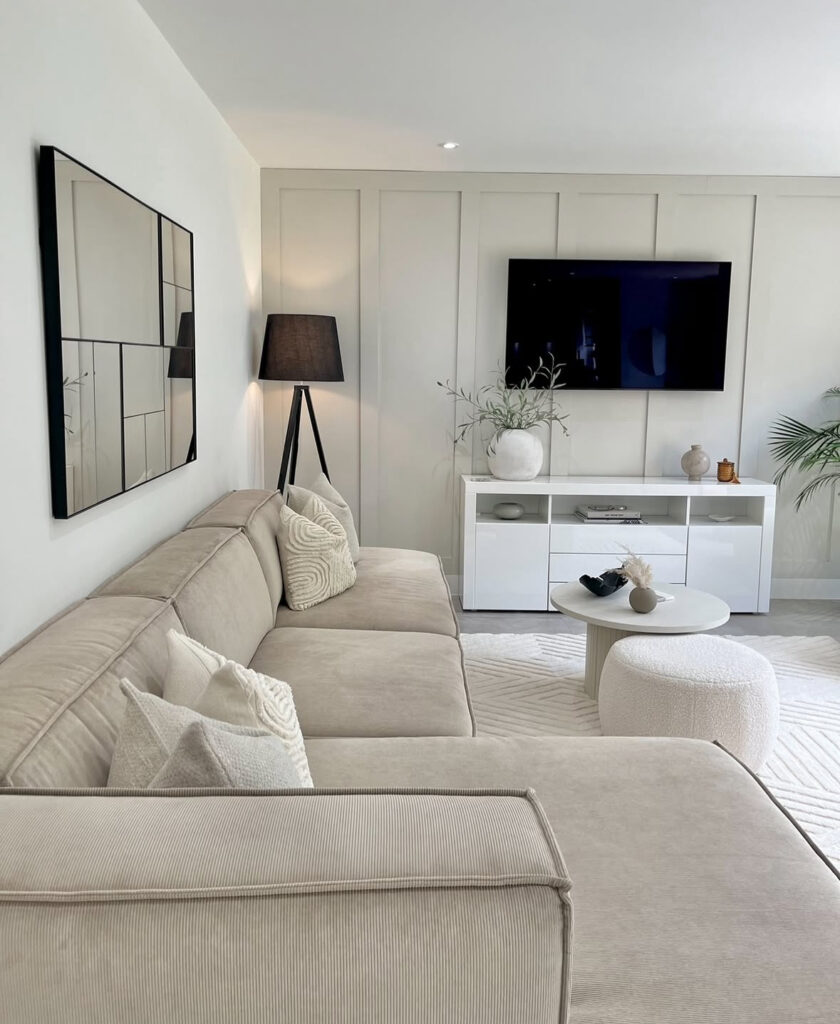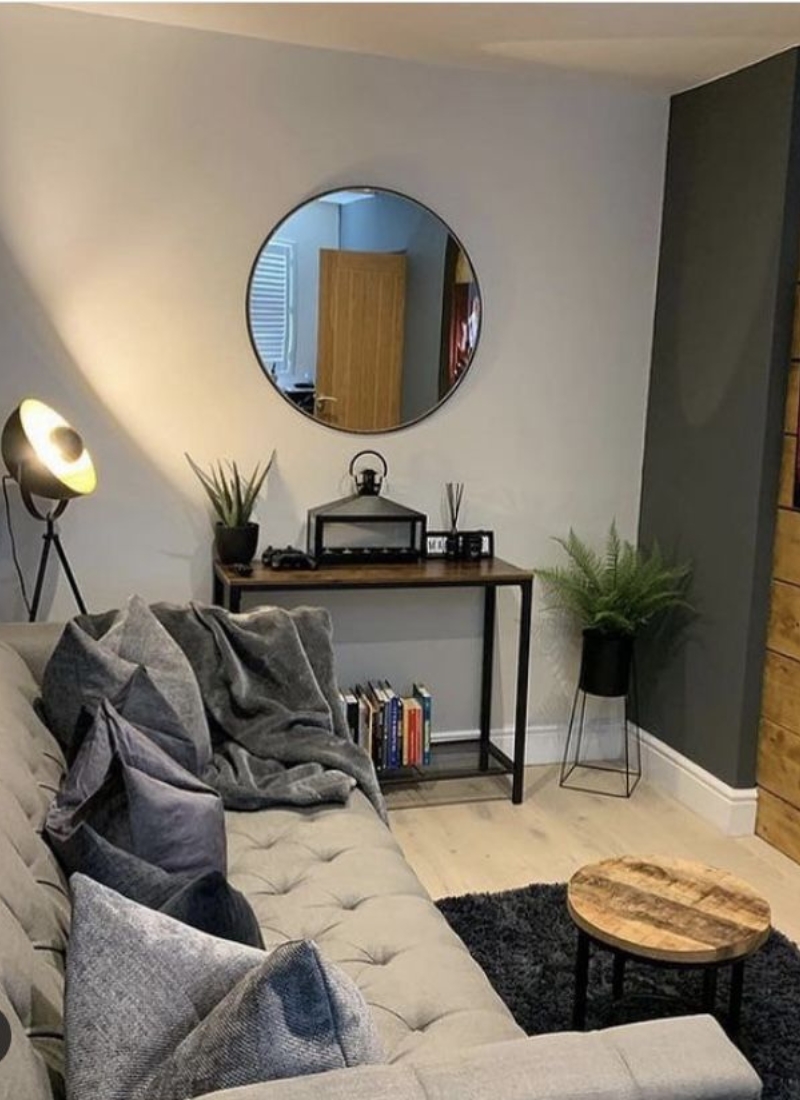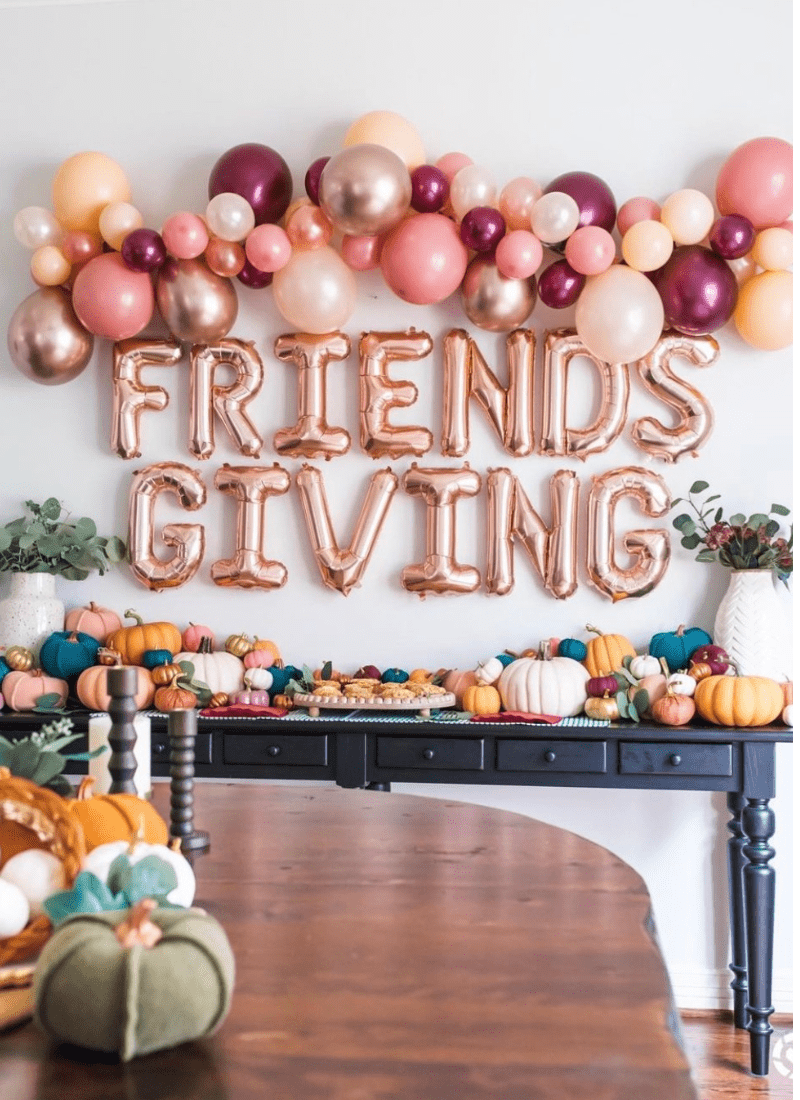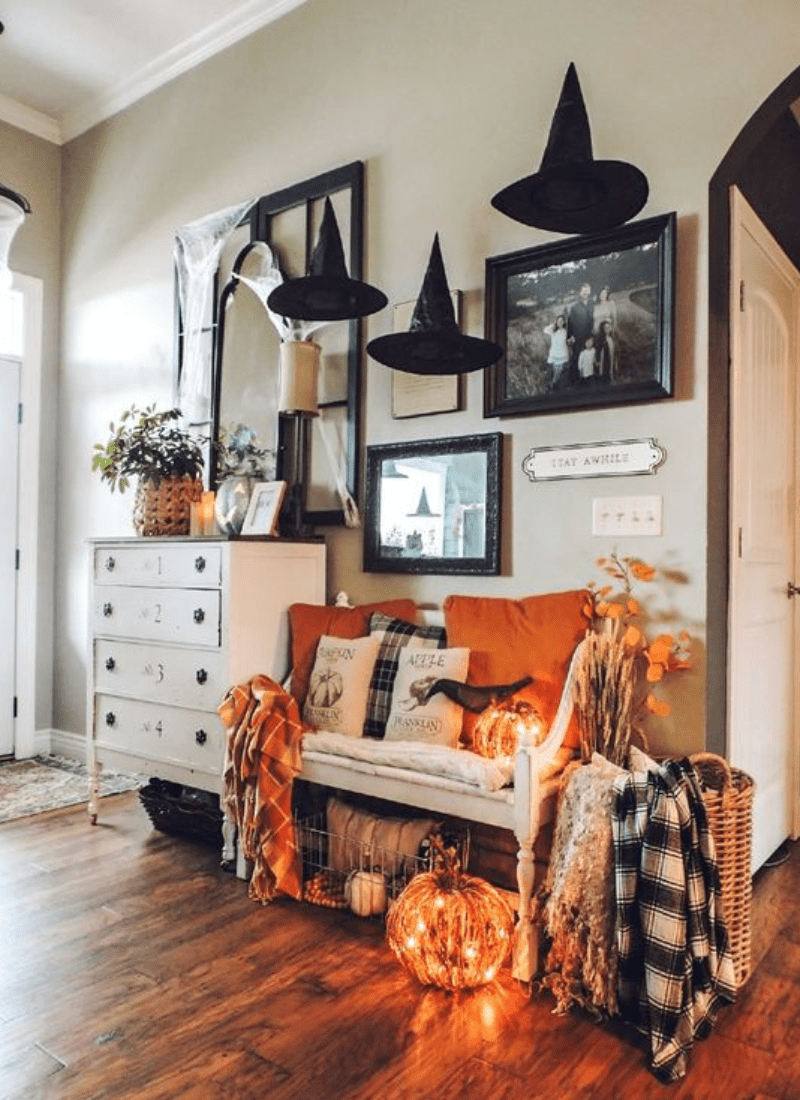Hey all! My name is Julia, former college student and a home decor enthusiast who loves DIY home improvement projects and finding creative ways to decorate any living spaces on a budget. Recently moved from my dorm to my new apartment which I renovated from scratch and I am here to help you with tips & tricks about home decor/college and more 🙂
Choosing the right sofa color can make a big difference in how your living room feels. If you’re not sure where to start, here are some simple tips to help you pick a shade that fits your style and space.
Picking the right sofa color for your living room can feel like a big deal. We all want something that looks good and feels just right in our space.
The best sofa color is one that fits your style, works with your existing decor, and feels cozy every time you walk into the room.
You don’t have to stress about making it the main focus, but you also don’t want it to blend in so much that it disappears.
Some people like to play it safe with classic shades like gray, beige, or taupe. These can match almost anything and are easy to dress up with colorful pillows or throws.
Others go for a bold pop of color to show off their personality or add some fun to the space.
Whatever your style, picking your sofa color is all about finding something that works for you and your living room.
Let’s break down some simple ways to make this decision easier, so you end up loving your sofa every single day.

How Sofa Color Sets the Mood
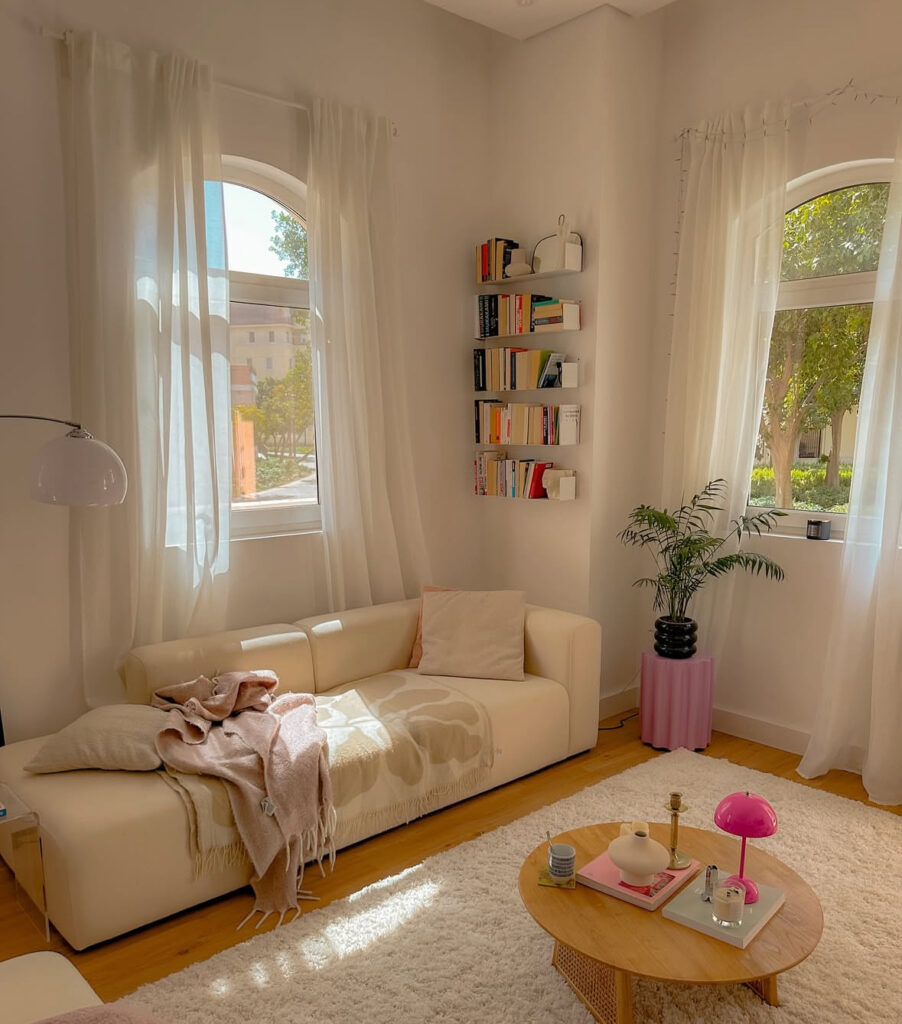
The color you go for can totally change the mood of your living room.
If you pick lighter shades like beige, cream, or soft grey, your space feels open, calm, and friendly.
These colors help things feel fresh and airy, which is great if your room doesn’t get a lot of sunlight.
Darker colors like deep blue, charcoal, or forest green bring in a cozy and bold vibe.
They can make a big room feel a bit more snug and inviting.
If you want your sofa to stand out, a brighter or unique color can steal the show and give your living room its own personality.
| Sofa Color | Typical Mood Created |
|---|---|
| Light/Neutral | Calm, Airy, Spacious |
| Dark/Rich | Cozy, Dramatic, Warm |
| Bright/Bold | Playful, Energetic, Fun |
Comfort and Relaxation
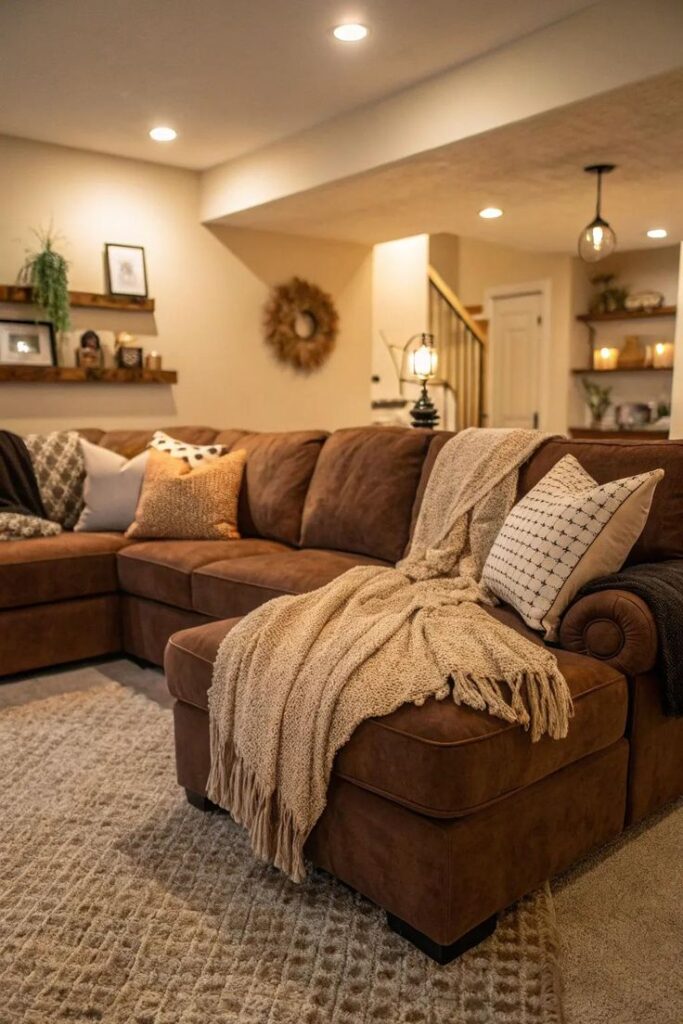
Comfort isn’t just about how the sofa feels to sit on. It’s also about how its color makes you and your guests feel.
Warm tones like tan or soft browns can create a sense of coziness and help you relax after a long day.
Cooler tones, like blue or grey, usually have a calming effect.
When you come home and see a comfortable-looking sofa in your favorite color, it just feels good.
The right color helps turn your living room into a spot where you want to chill, have coffee, or just hang out with family.
Room Size and Natural Light
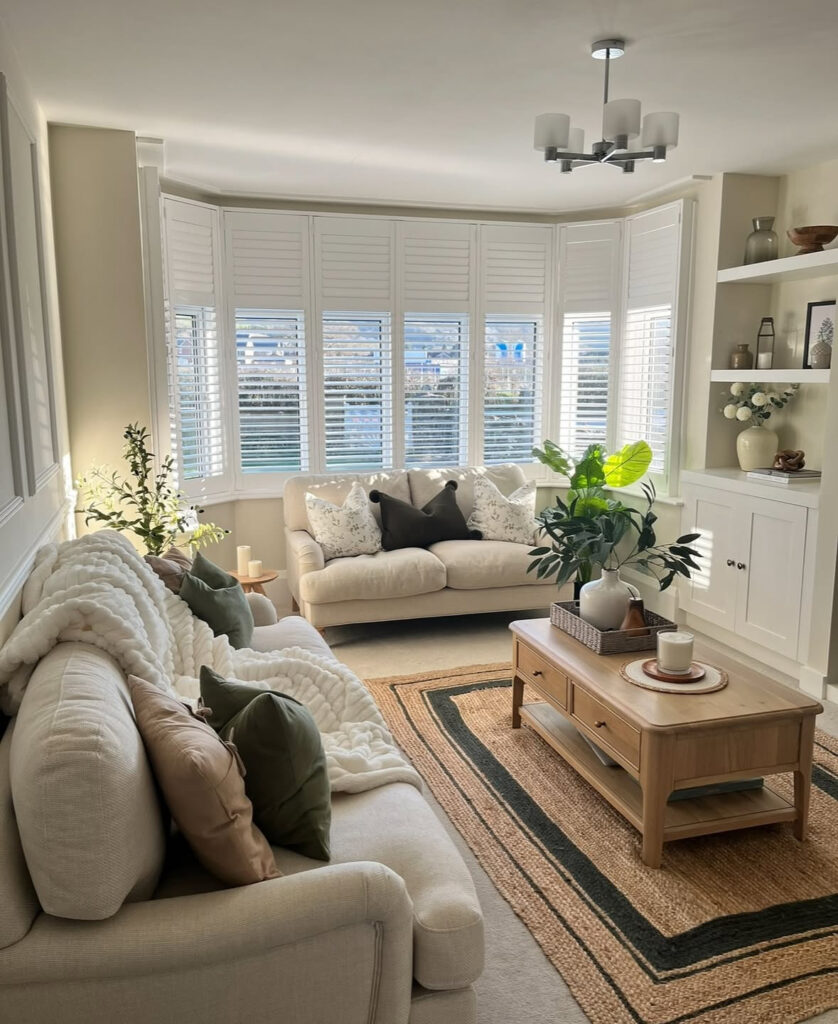
If your living room is small or doesn’t get much sunlight, light or neutral sofa colors work best. They make the space feel bigger and more open.
On the other hand, if you have a lot of room or plenty of windows, dark or bold colors can add some drama and coziness.
Don’t forget, a dark sofa can make a small space feel even tighter.
Wall Color and Flooring
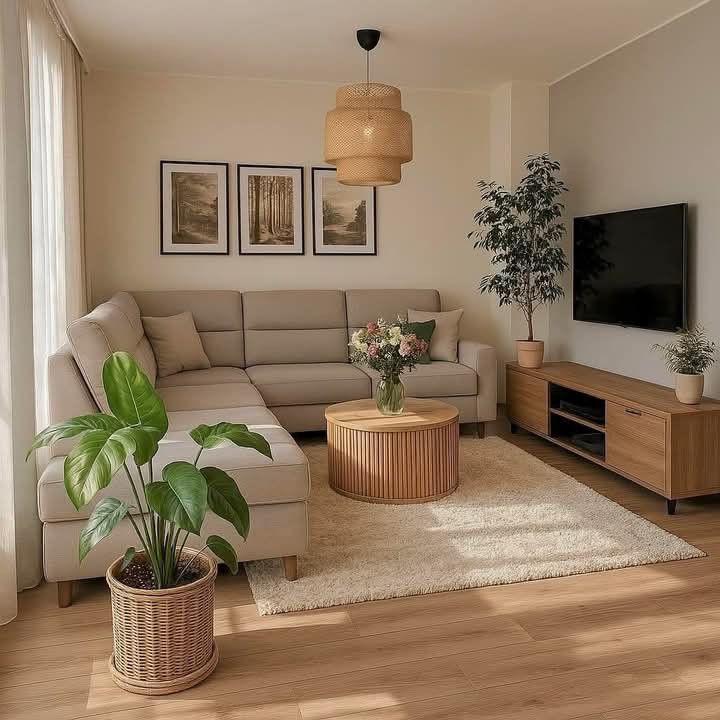
Take a good look at your wall color and flooring before you pick a sofa shade.
You want your sofa to either complement or contrast nicely without clashing.
For example, if you have grey walls, you might go with a warm beige, deep blue, or even a soft green sofa.
Make sure your sofa isn’t too close in color to your floors, especially if you have wooden or dark tile floors.
If they’re too similar, everything can blend together and look a bit dull. Even a simple area rug can help break things up and add a nice touch.
Existing Furniture and Decor
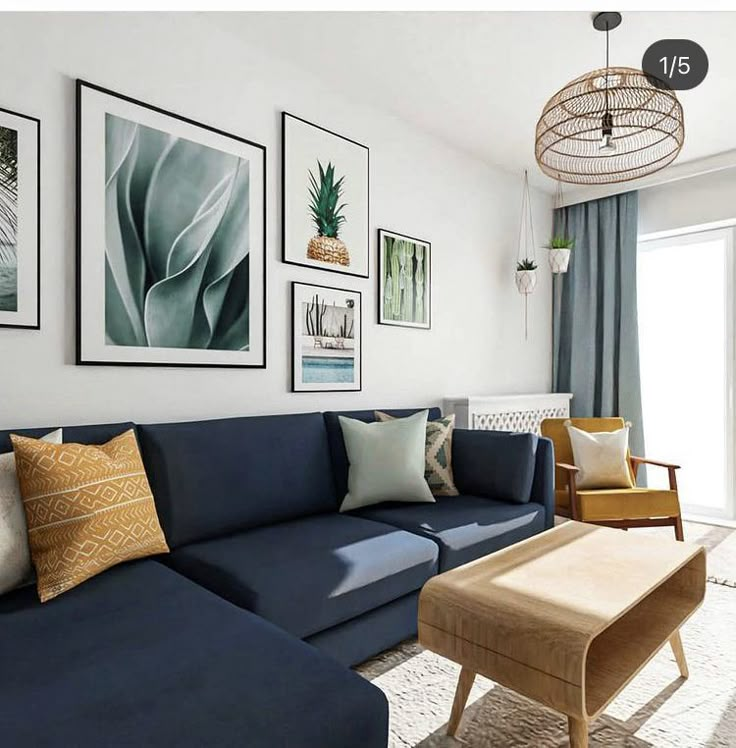
Check out your other furniture and decor pieces before you commit to a sofa color.
If you have a lot of colorful pillows, art, or a patterned area rug, a neutral sofa helps balance things out.
But if your room is mostly neutral, a bright or deep sofa can stand out in a good way. Make a quick list of the main colors in your living room.
This helps you see what shades might work or what might be too much.
Matching or coordinating with your main decor stops the room from feeling too busy.
Traffic Flow and Lifestyle Factors

How you use your living room makes a big difference. If you have kids, pets, or just lots of guests, think about how easy the sofa color is to clean.
Darker shades or stain-resistant fabrics are super practical for high-traffic spaces.
Think about the direction people walk and how often the sofa will be used.
If it’s in the center of a busy space, darker colors might hide little marks and everyday wear better than white or light shades.
Beige, Off-Whites, and Light Sofas
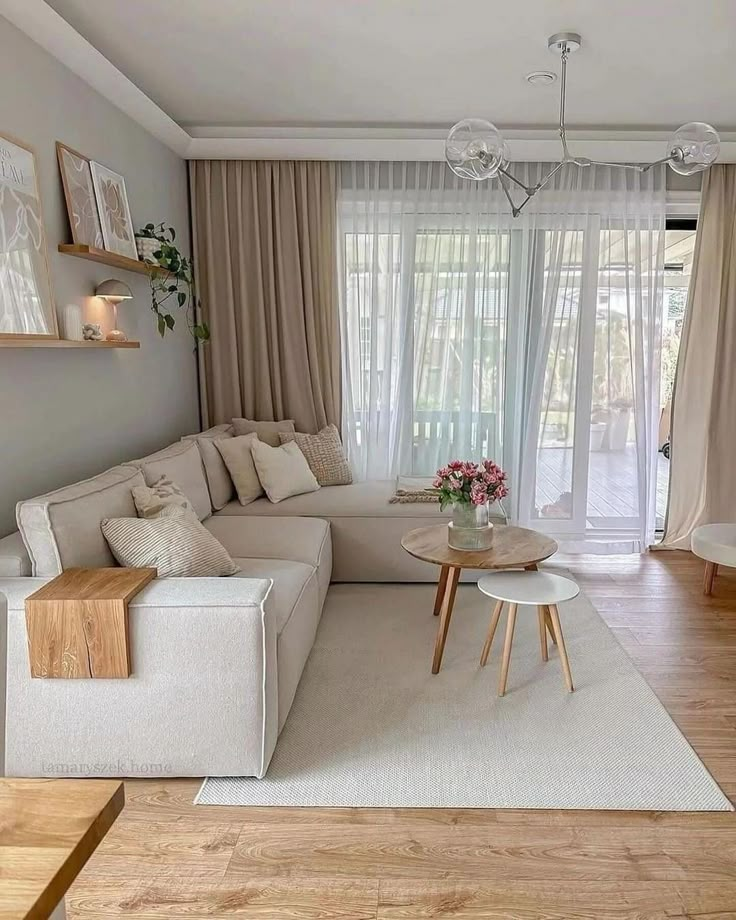
If you go with neutral tones like beige, off-white, or light gray, you’re choosing something super classic and easy to pair. These colors make your space feel open and relaxed.
Beige sofas work great if you want a cozy and welcoming vibe.
They don’t take over the room, and you can match them with pretty much any other décor.
Off-whites are perfect if you love a fresh, clean look—honestly, it’s hard to go wrong with them.
Here’s a quick list of what neutral tones can do:
- Make rooms look bigger and brighter
- Don’t clash with other colors
- Stay in style for years
Jewel Tones and Sage Green
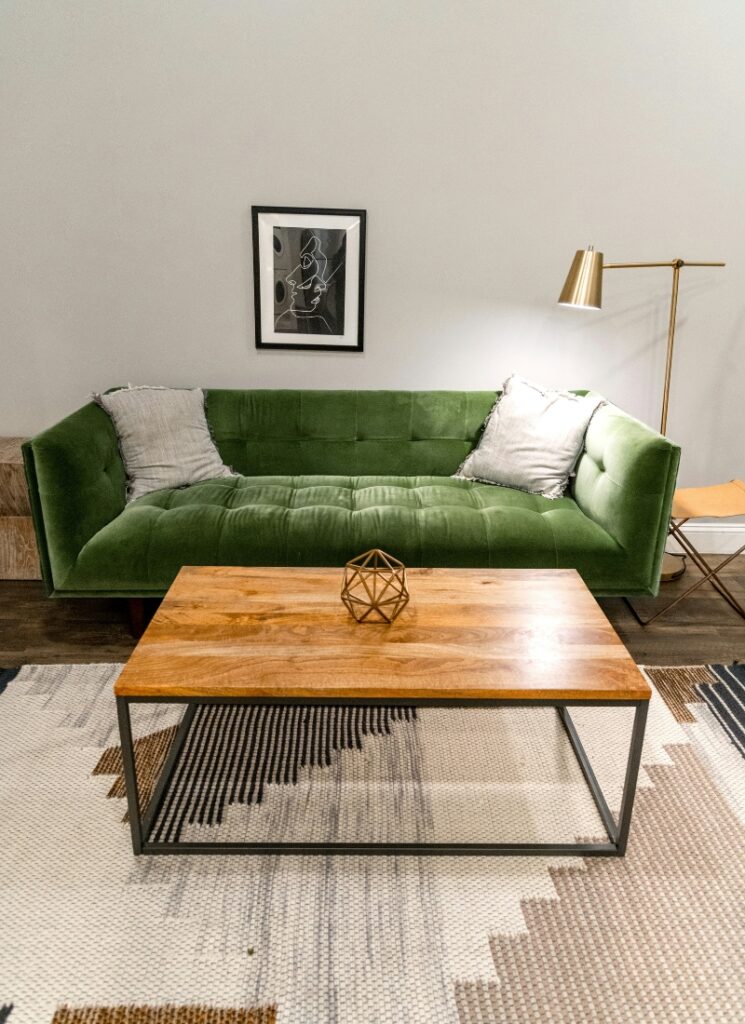
If you want your sofa to stand out, bold colors are where it’s at.
Jewel tones, like deep blue or emerald, are full of personality and make a big statement.
Your sofa turns into a focal point—everyone notices it first. Sage green is a softer bold, but it really brings in a fresh twist.
It’s kind of earthy but still pops, and it works great if you want something a little different but not too wild.
Olive and rich greens are popping up everywhere right now, and they instantly add life to your living room.
Classic and Timeless Looks
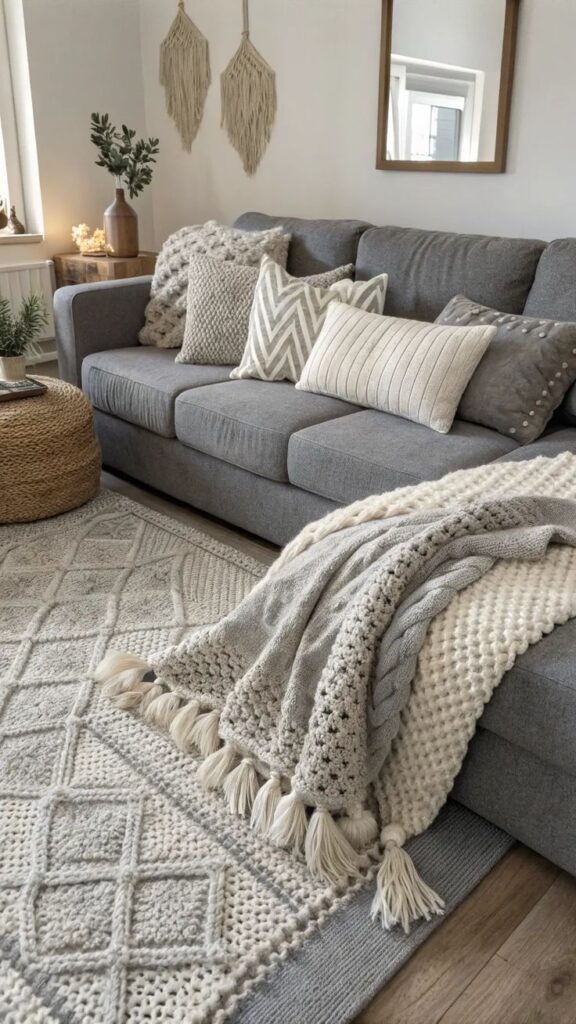
If you love that classic, timeless vibe, stick to neutral colors like beige, gray, or cream. They are my favorite.
These shades are super easy to match with just about any wall color or accent piece.
You won’t get tired of them, and they don’t go out of style.
For a little extra style, you can go for deep blues, soft greens, or even rich browns.
These options add warmth and a homey feel without being too bold.
Here’s a quick tip: neutral sofas are truly versatile. That’s why I like them SO MUCH!
They let you play around with brighter pillows, throws, or even an eye-catching rug any time you want a change.
Contemporary and Modern Vibes
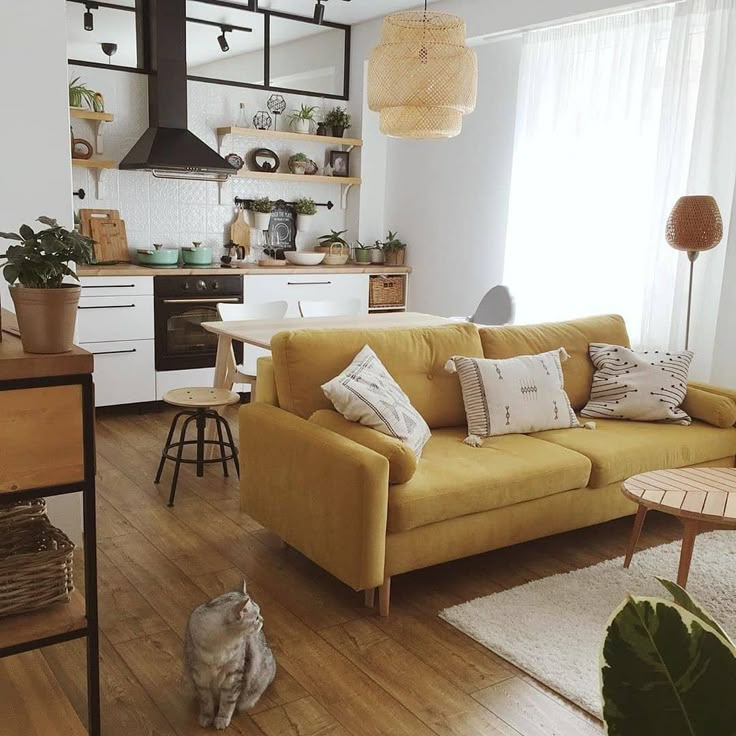
Love modern looks? Bold sofas can totally make a statement!
Bright colors like teal, mustard yellow, or even a deep emerald really pop in contemporary spaces and give your room personality.
Want something more subtle? Try cool grays, black, or navy for that chic, clean feel.
These shades look awesome with metal or glass tables and funky light fixtures.
Pairing with Accent Pieces
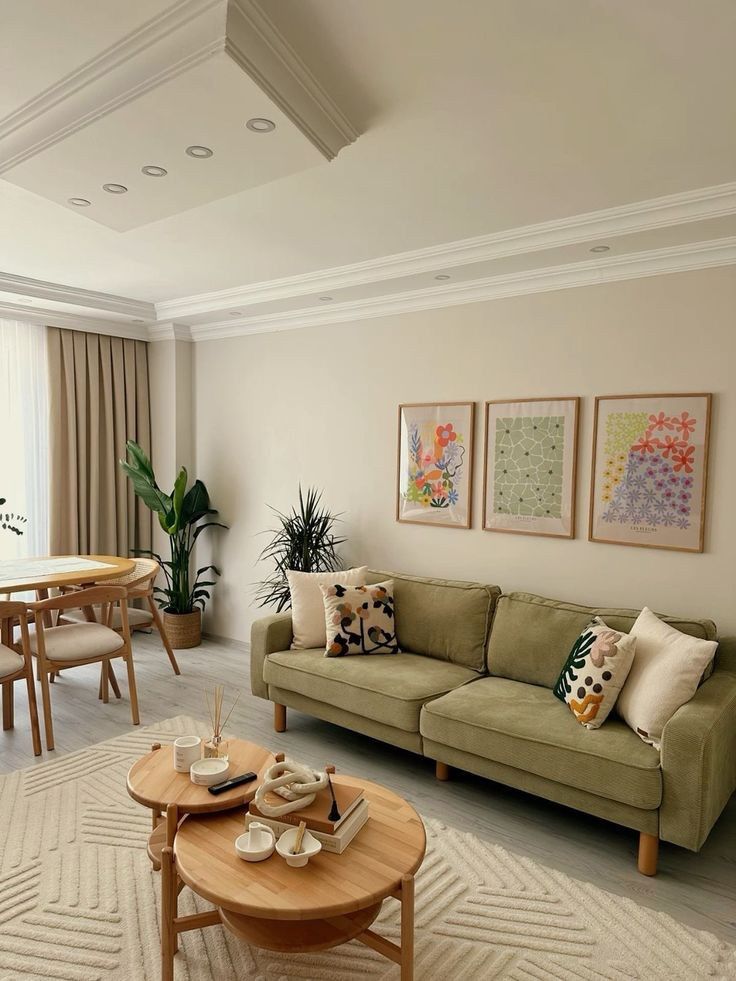
If you’ve got a favorite coffee table, lamps, or shelves, you want your sofa to blend in without clashing. Look at the main colors these pieces have.
If your accents are bold and vibrant, a neutral or toned-down couch can balance things out.
On the other hand, if your accent pieces are subtle, maybe go for a richer or darker sofa shade.
Here’s a quick tip:
| Room Colors | Sofa Color Suggestions |
|---|---|
| Lots of bright colors | Gray, beige, or soft earth tones |
| Mostly neutral room | Navy, hunter green, deep burgundy |
Throw Pillows and Rugs
Throw pillows and area rugs are your secret weapons.
When you’ve picked a sofa color, find pillows and rugs that play well with it.
This doesn’t mean everything has to match exactly.
Mixing patterns, textures, and solid colors adds personality, but stick to a color scheme so things don’t look wild.
Let’s say you chose a navy sofa. You might go for mustard yellow or blush pink pillows and a patterned rug with hints of those colors.
Sectional Sofas and Modular Sofas
Sectional sofas and modular sofas are big and usually the star of any living room.
If your space is on the smaller side, it’s good to lean toward neutral tones like beige, light grey, or soft browns.
These make the room feel more open and less crowded.
For larger rooms, richer colors—think navy blue, emerald green, or even charcoal—can add depth without overwhelming the space.
Below is a quick guide:
| Room size | Color ideas | Best for |
|---|---|---|
| Small | Light grey, cream | Open feel |
| Large | Navy, dark green | Cozy, bold look |
Sleeper Sofas and Loveseats
Sleeper sofas and loveseats are super practical because they save space but still bring comfort.
Since they’re usually smaller and might move around, you can have some fun with color.
Light shades make a space feel clean and fresh. A pop of color—like dusty rose, sage green, or even a deep mustard—can make these pieces more playful.
You want your sleeper sofa or loveseat to blend in if you use it every day, so picking a subtle grey or calm blue is usually safe.
But if you want it to stand out, bright shades or even patterns work great!
Mistakes to Avoid When Selecting a Sofa Color
It’s easy to fall in love with a bold color or a trendy pattern, but trust me, you don’t want to rush this choice.
Picking a sofa color that clashes with your walls or décor means you’ll probably end up hating it after a while.
Always look at the sofa color in your room’s lighting. Store lighting can be super tricky.
If you pick a color just because it’s popular right now, you might regret it down the line. Trends change fast, but your sofa will probably be around for years.
Go for shades that fit your style instead of only what’s hot on social media. Another thing to watch out for is going too neutral or too bold with zero balance.
A bright red sofa can be cool, but it might take over the whole space. On the other hand, all greys and beiges can make your room feel boring.
Try adding visual interest with pillows and throws, especially if you stick with neutral tones.
Here are three common color mistakes to avoid:
| Mistake | What Can Happen |
|---|---|
| Not matching with the room’s palette | The sofa feels out of place |
| Choosing trend over personal taste | Get tired of the color fast |
| Forgetting about lighting effects | Color looks different than expected |
Final Tips for Making the Best Choice
When you’re stuck between a couple of sofa colors, I always say go with your gut.
Seriously, if a certain color just feels right and makes you happy, that’s usually a good sign you’ll love it in your living room.
Think about your daily life, too. If you have kids, pets, or love hosting friends, a sofa in a darker or patterned color can hide little stains or messes better than something light.
Don’t be afraid to grab some fabric swatches and toss them on your current couch or even the floor. Seeing the colors in your actual space—alongside your walls and other stuff—makes a huge difference.
If you want something super versatile, neutrals like gray, taupe, or beige tend to work with almost anything. But if you’re craving comfort and a cozy vibe, earthy tones like terracotta or deep green can work really well.
A quick side note—lighting changes everything!
Sofas can look way different in natural light than in store lighting, so try checking your chosen color at different times of day before you decide.
Frequently Asked Questions
What’s the trendiest sofa color for 2025?
For 2025, warm earth tones are really popular—think shades like terracotta, olive green, and soft browns. If you want to play it safe but still look up to date, you could go for beige or warm gray.
These colors feel cozy and fresh without being too loud.
Can you mix and match sofa colors in a small living room?
Yes! You don’t have to keep everything the same color. If your space is small, just try to stick with two main colors so it doesn’t look crowded.
Mixing in a patterned accent chair or colorful pillows can make your room look more interesting without making it feel cramped.
Does a light or dark sofa work better with white walls?
Both can work, but it really depends on the mood you’re after. A light sofa on white walls feels bright and airy, which is nice if you love a clean look.
If you want something more dramatic, a dark sofa can stand out and create a bold contrast.
How do you decide on a couch color that goes with everything?
Stick with classic neutrals like gray, beige, or taupe—they honestly go with just about anything. If you ever get bored, you can change up your look using new pillows or blankets.
These shades are super easy to mix and match with most decor.
What sofa shade will make my tiny living room appear more spacious?
Lighter colors, like light gray, cream, or soft blue, can help your living room look bigger. These shades reflect more light and don’t overpower the room.
Try to avoid really dark sofas, since they can make the space feel a bit smaller.
Which sofa color should you pick if you have cream walls?
Cream walls open up a lot of options. Soft browns or muted greens tend to work really well.
A gentle gray can also look nice. If you’re in the mood for something bolder, you could try navy blue—it stands out without clashing.
Personally, I’d skip icy whites. They just make cream walls look kind of dull.
